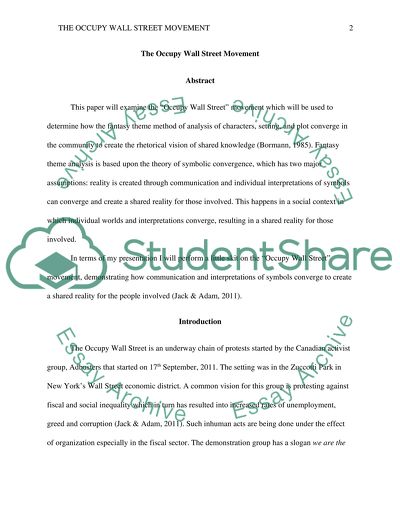Cite this document
(“The Occupy Wall Street Movement Research Paper Example | Topics and Well Written Essays - 1750 words”, n.d.)
Retrieved de https://studentshare.org/journalism-communication/1438072-the-occupy-wall-street-movement
Retrieved de https://studentshare.org/journalism-communication/1438072-the-occupy-wall-street-movement
(The Occupy Wall Street Movement Research Paper Example | Topics and Well Written Essays - 1750 Words)
https://studentshare.org/journalism-communication/1438072-the-occupy-wall-street-movement.
https://studentshare.org/journalism-communication/1438072-the-occupy-wall-street-movement.
“The Occupy Wall Street Movement Research Paper Example | Topics and Well Written Essays - 1750 Words”, n.d. https://studentshare.org/journalism-communication/1438072-the-occupy-wall-street-movement.


